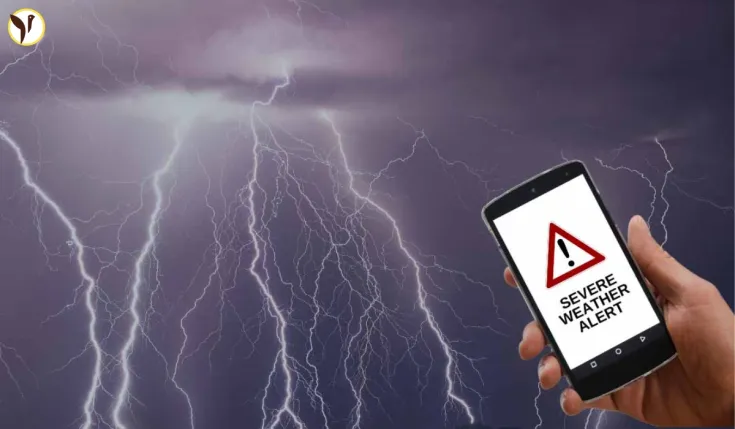Tornado Tracker: Staying Safe When the Wind Howls
Okay, so picture this: severe storms are tearing across the Midwest. We're talking tornadoes, crazy winds, hail the size of golf balls (or bigger!), and rain… so much rain. It's seriously scary stuff, and knowing what to do is crucial. This isn't about fear-mongering; it's about being prepared. Let's talk about tornado trackers and how to keep yourself and your loved ones safe.
What's a Tornado Tracker, Anyway?
It's not some single, super-duper gadget, you know? It's more like a team effort of different resources working together to keep an eye on the weather. Think of it as a weather-watching squad!
- Weather Radar: This is like having a super-powered X-ray vision for storms. Radar gives real-time images showing how storms are forming, where they're going, and how intense they are. One thing to look for? Something called a "hook echo" on the radar – that's a classic sign of a tornado spinning up inside a storm.
- National Weather Service (NWS) Alerts: These guys are the real deal. They issue watches (meaning conditions are right for a tornado to form) and warnings (meaning a tornado has been spotted or the radar shows one is likely). Pay close attention to these; they're your best source of information. Don't ignore them!
- Weather Apps: There are tons of weather apps out there, and many offer real-time alerts, radar images, and other helpful stuff. Just make sure your location settings are accurate so you get the right alerts for your area.
- Local News: Your local news channels are often on top of things during severe weather. They give updates and might even have live coverage of what's happening.
Tornado Warning? Get to Safety NOW!
If a tornado warning is issued for your area, you need to act immediately. Seriously, this isn't a drill. The safest place is a basement or an interior room on the lowest level of a sturdy building. Stay away from windows, and cover yourself with a blanket or mattress for extra protection. If you're in a mobile home – get out! Find a more solid shelter right away. If you're outside, find a low-lying area or ditch and lie flat. Think low and protected.
Beyond the Twisters: Flooding and What Happens Next
Tornadoes aren't the only danger. All that rain can lead to serious flooding. Keep an eye on river levels and be on the lookout for flash floods. After the storm passes, be careful of downed power lines and debris. Report any damage to your local authorities. And honestly, you know how sometimes things just spiral? Be ready for the aftermath, too.
Be Prepared: It's Your Best Defense
The bottom line is this: good tornado tracking and being ready beforehand can really make a difference. Download a reliable weather app, sign up for NWS alerts, and make a family emergency plan. Practice what you'll do if a tornado warning is issued. It might seem like overkill, but trust me, being prepared is the best way to weather (pun intended!) the storm.






